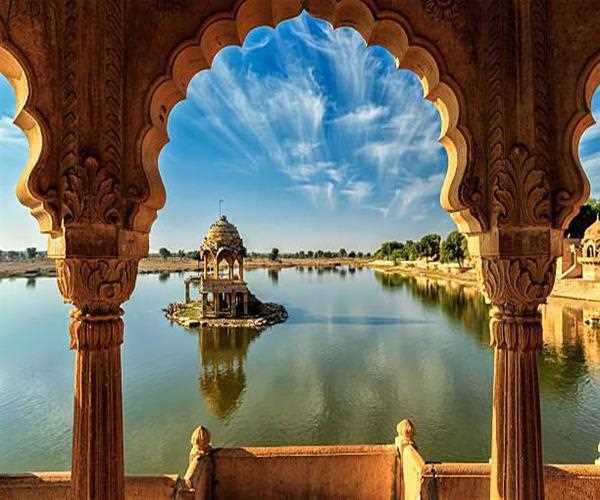
26-Mar-2023
A glimpse about journey of India's tourism industry - 2023 Yourview
India's tourism industry has come a long way since its inception. From being a niche industry catering to a select group of people, it has now grown to become a major contributor to the country's economy, providing employment and growth opportunities to millions of people.
The journey of India's tourism industry began in the early 20th century when the country was still under British colonial rule. It was during this time that the British started promoting India as a tourist destination, highlighting its rich cultural heritage and natural beauty. This led to the development of a few key destinations such as Darjeeling, Shimla, and the city of Agra, which houses the iconic Taj Mahal.
After India gained independence in 1947, the government began to focus on developing the tourism industry as a means of boosting the country's economy. The first five-year plan, launched in 1951, identified tourism as a priority sector and allocated resources for its development.
Over the next few decades, India's tourism industry continued to grow, with the government investing in infrastructure such as hotels, airports, and tourist attractions. The industry saw a significant boost in the 1980s and 1990s when the government launched a series of campaigns to promote tourism, including the "Incredible India" campaign which showcased the country's cultural diversity and tourist attractions.
In recent years, India's tourism industry has undergone a transformation. With the rise of the internet and social media, travelers have become more informed and discerning, seeking unique and authentic experiences. This has led to the emergence of new destinations and niche segments such as adventure tourism, wellness tourism, medical tourism and ecotourism.
The government has also taken steps to promote tourism in a more sustainable manner, focusing on eco-friendly and responsible tourism practices. This has led to the development of several initiatives such as the "Clean India" campaign which aims to promote cleanliness and hygiene in tourist destinations, and the "Swadesh Darshan" scheme which focuses on the development of theme-based tourist circuits.
The COVID-19 pandemic has had a significant impact on India's tourism industry, with travel restrictions and lockdowns leading to a steep decline in tourist arrivals. However, the industry has shown resilience, with players adapting to the new normal by embracing digital technologies, offering virtual tours and experiences, and focusing on domestic tourism.
Looking ahead, India's tourism industry has tremendous potential for growth. With its rich cultural heritage, diverse natural landscapes, and vibrant cities, the country offers something for everyone. The government's focus on infrastructure development, sustainable tourism, and digital initiatives, combined with the industry's innovation and resilience, will help to propel the industry forward.
In conclusion, the journey of India's tourism industry has been one of growth and transformation. From its early beginnings as a niche industry, it has grown to become a major contributor to the country's economy, providing employment and growth opportunities to millions of people. As the industry continues to evolve, it is poised for even greater success in the years to come.

SEO and Content Writer
I am Drishan vig. I used to write blogs, articles, and stories in a way that entices the audience. I assure you that consistency, style, and tone must be met while writing the content. Working with the clients like bfc, varthana, ITC hotels, indusind, mumpa, mollydolly etc. has made me realized that writing content is not enough but doing seo is the first thing for it.
Join Our Newsletter
Subscribe to our newsletter to receive emails about new views posts, releases and updates.
Copyright 2010 - 2025 MindStick Software Pvt. Ltd. All Rights Reserved Privacy Policy | Terms & Conditions | Cookie Policy